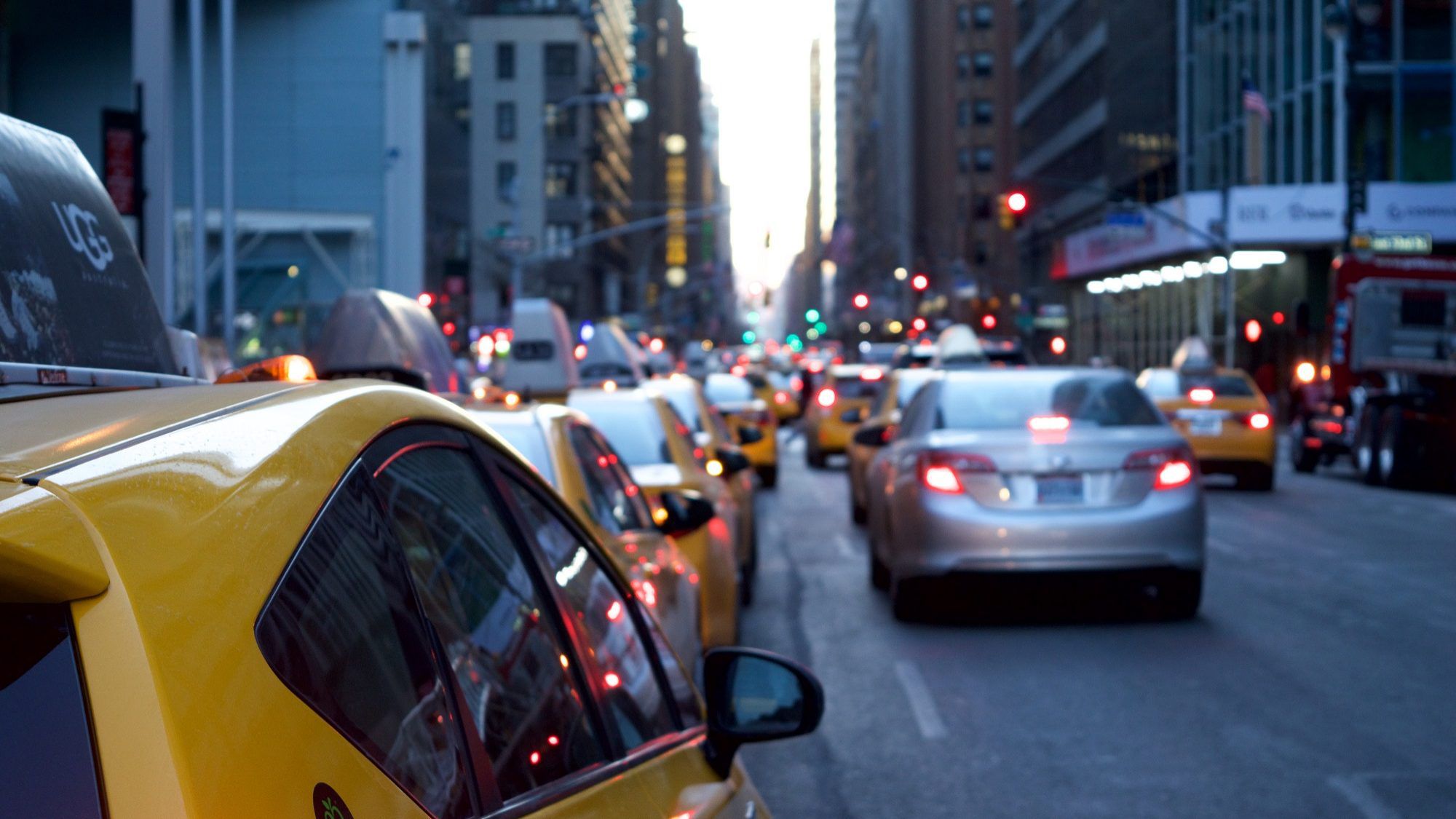While both ride-hailing companies share a goal to limit localized car ownership and road traffic, recent studies have found both Uber and Lyft as one of the main causes of increased congestion. Cities such as Boston, Chicago, Los Angeles, New York, the San Francisco Bay Area, Seattle, and Washington, D.C. have found a large number of their pedestrians find a way off their feet.
Ride-hailing has become the ultimate replacement for buses and trains, causing an influx of taxi vehicles on the road due to their relatively cost-effective rates. According to Chicago Tribune, a recent study released December 2017 discovered that a large part of the slow traffic in Manhattan’s central business district stems from the increasing amount of taxis and ride-sharing vehicles on the road. The study suggested policies that would lessen the chances for “vacant vehicles occupied only by drivers waiting for their next trip request.”
There was a one month study done in Boston of 944 ride-hailing users and approximately 6 in 10 admitted they would have used public transportation, biked, or walked if it were not for ride-hailing services.
The two most used ride-hailing apps, Uber and Lyft somewhat did not see this coming being both of their goals involved decreasing the amount of traffic in local cities, prevalent on the “pool” option. Lyft spokesperson Adrian Durbin describes the rideshare service as being “focused on making personal car ownership optional by getting more people to share a ride, helping to reduce car ownership, and partnering with public transportation.” As for Uber, the pioneering transportation network company has a strong goal to “end the reliance on personal vehicles and allow a mix of public transportation and services…,” says Uber spokeswoman Alix Anfang.
Uber is bringing forth a new time savvy option which will be highly cost-effective called Express Pool. In Express Pool, Uber links up passengers who are going to nearby destinations and determines general pick up and drop off locations that go along the route. This puts ease on the driver, only requiring the rider to walk up to the meetup spot or have a longer pick up time. Regardless, Express Pool is a guaranteed time saver and also highly cost-effective with rides sometimes set at over 50% off standard pool rides.
Christo Wilson, a computer science professor at Northeastern University who did a study on Uber’s surge pricing during times of high volume, believes Express Pool will contribute to congestion with such cheap rates drawing the people away from public transport options. “This could be good for congestion if it causes vehicle occupancy rates to go up, but on the other hand, the Uber Pool rides and I guess these Express rides are really, really cheap, just a couple of dollars, so they’re almost certainly going to be pulling people away from public transport options,” says Wilson.
Outcomes of congestion also include road construction and delivery trucks that drop off online purchases in cities such as London. Perhaps Uber’s new twist on shared rides will help lessen the number of taxis on the road due to the “pooling” encouragement. It also has the potential of luring folks out of using public transportation means, which serves its “express” point.
